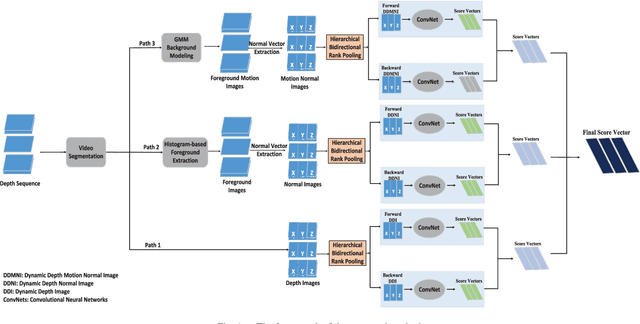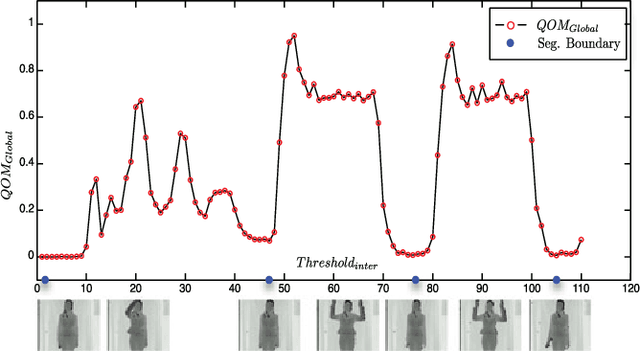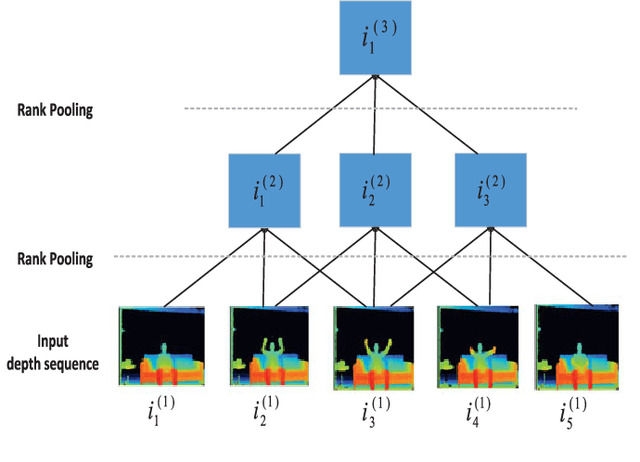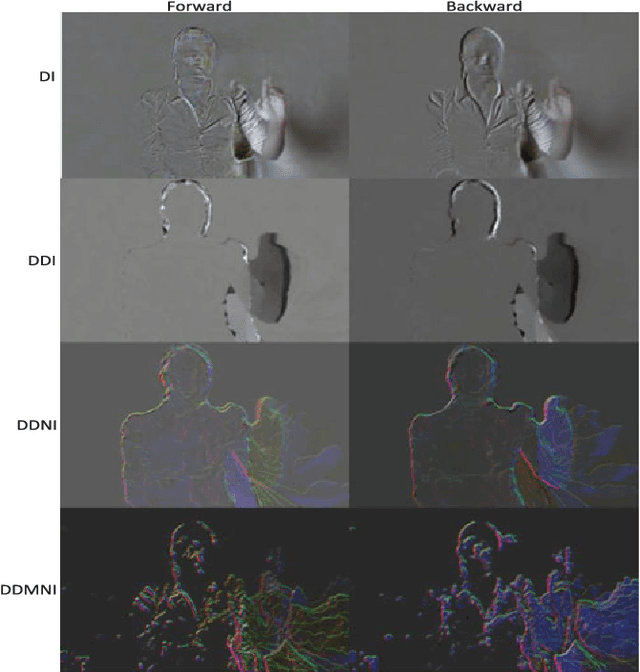Depth Pooling Based Large-scale 3D Action Recognition with Convolutional Neural Networks
Paper and Code
Apr 17, 2018



This paper proposes three simple, compact yet effective representations of depth sequences, referred to respectively as Dynamic Depth Images (DDI), Dynamic Depth Normal Images (DDNI) and Dynamic Depth Motion Normal Images (DDMNI), for both isolated and continuous action recognition. These dynamic images are constructed from a segmented sequence of depth maps using hierarchical bidirectional rank pooling to effectively capture the spatial-temporal information. Specifically, DDI exploits the dynamics of postures over time and DDNI and DDMNI exploit the 3D structural information captured by depth maps. Upon the proposed representations, a ConvNet based method is developed for action recognition. The image-based representations enable us to fine-tune the existing Convolutional Neural Network (ConvNet) models trained on image data without training a large number of parameters from scratch. The proposed method achieved the state-of-art results on three large datasets, namely, the Large-scale Continuous Gesture Recognition Dataset (means Jaccard index 0.4109), the Large-scale Isolated Gesture Recognition Dataset (59.21%), and the NTU RGB+D Dataset (87.08% cross-subject and 84.22% cross-view) even though only the depth modality was used.
 Add to Chrome
Add to Chrome Add to Firefox
Add to Firefox Add to Edge
Add to Edge